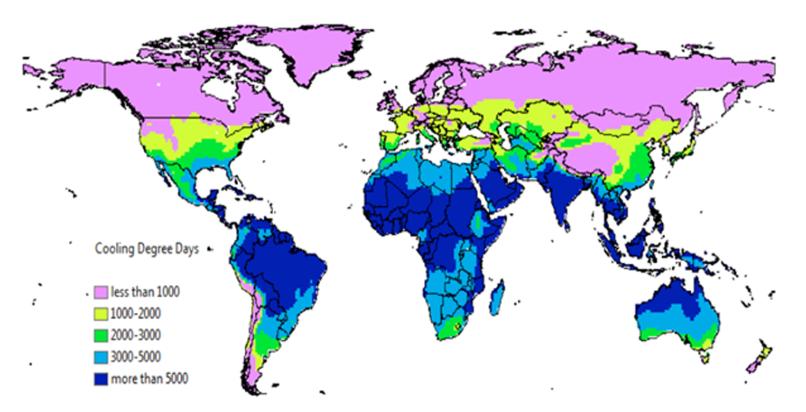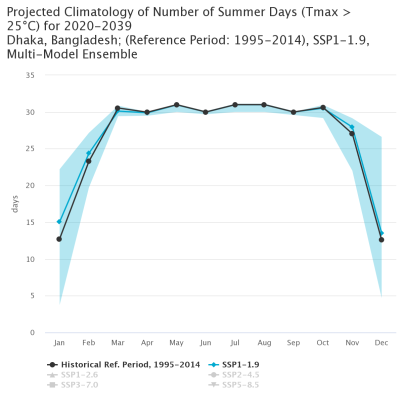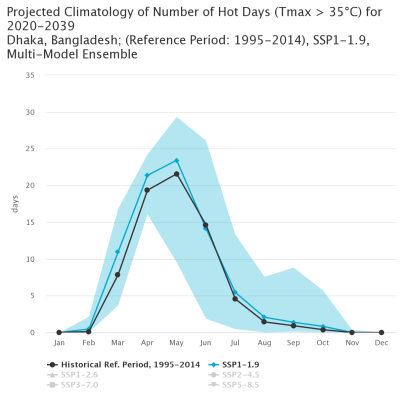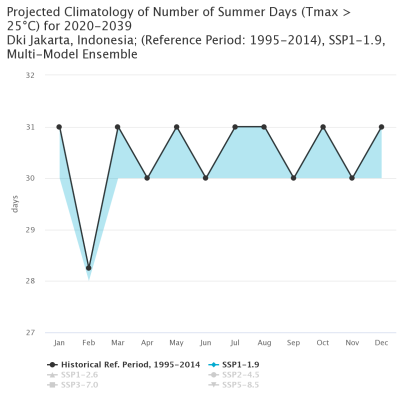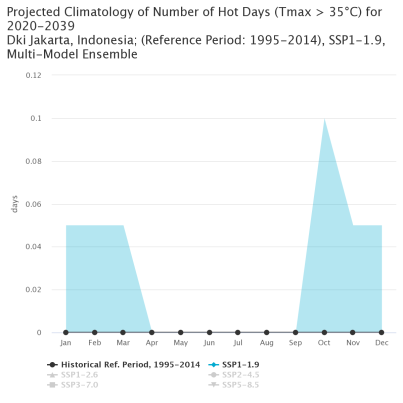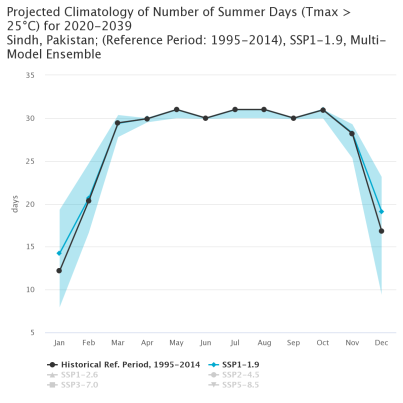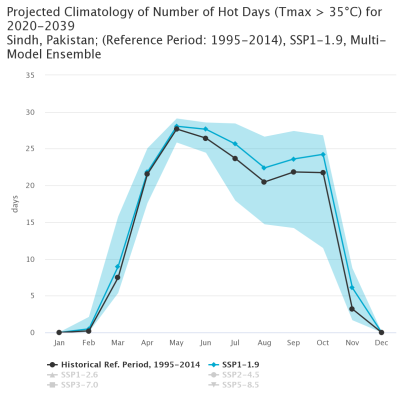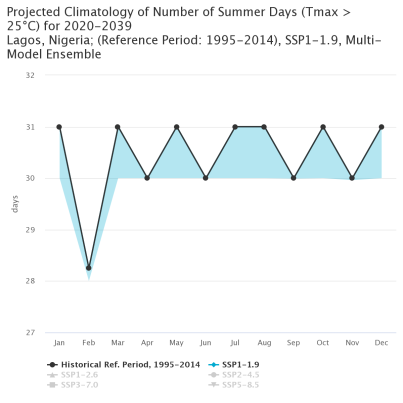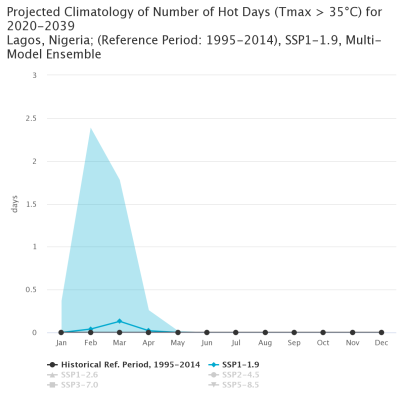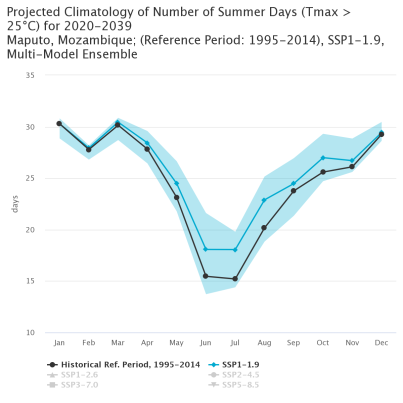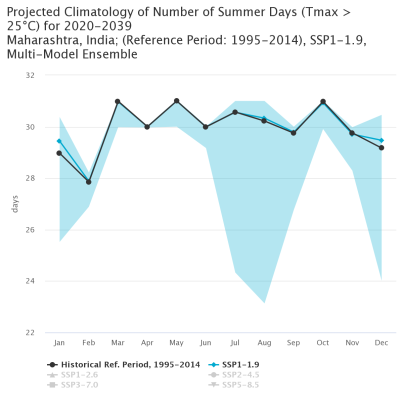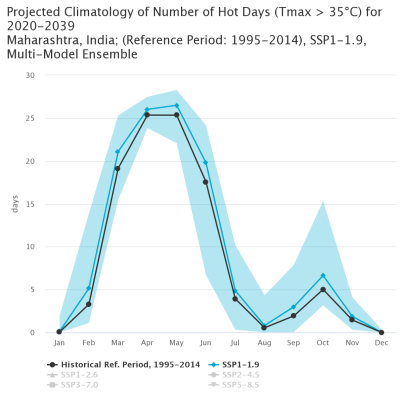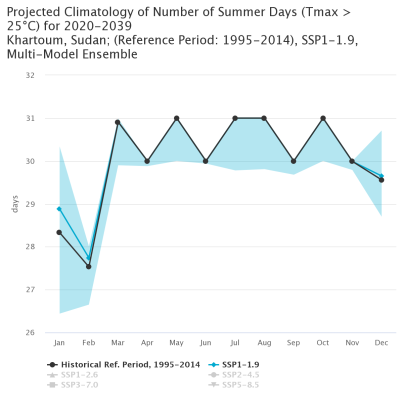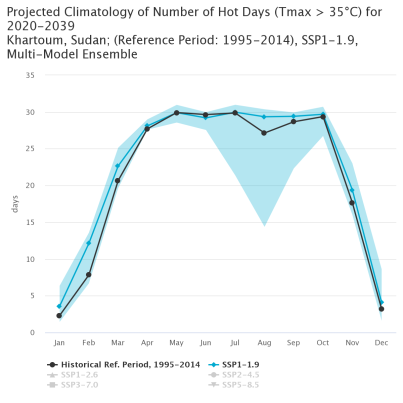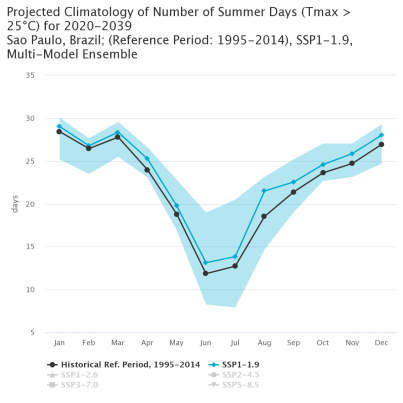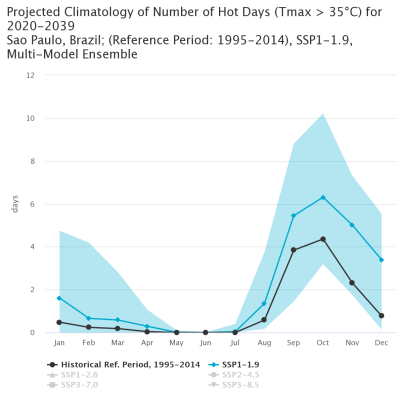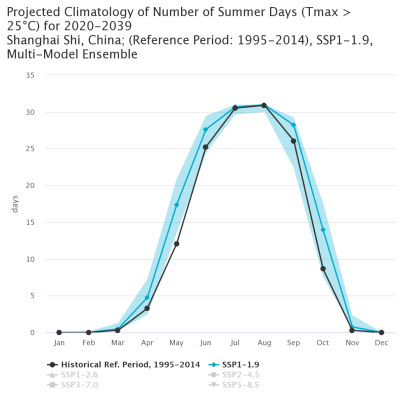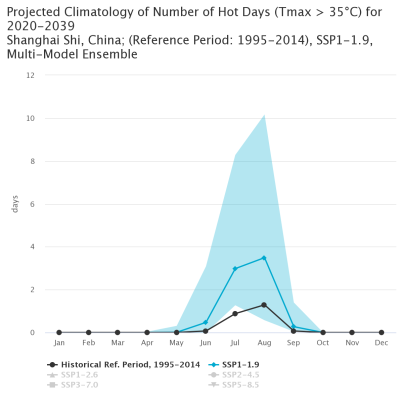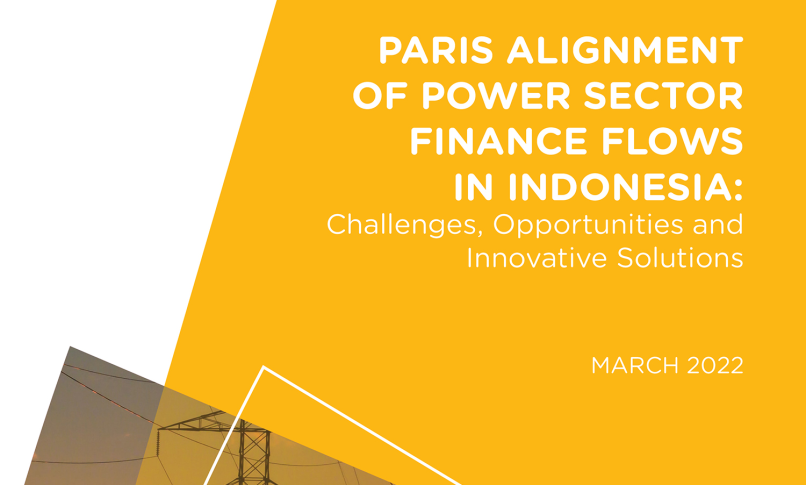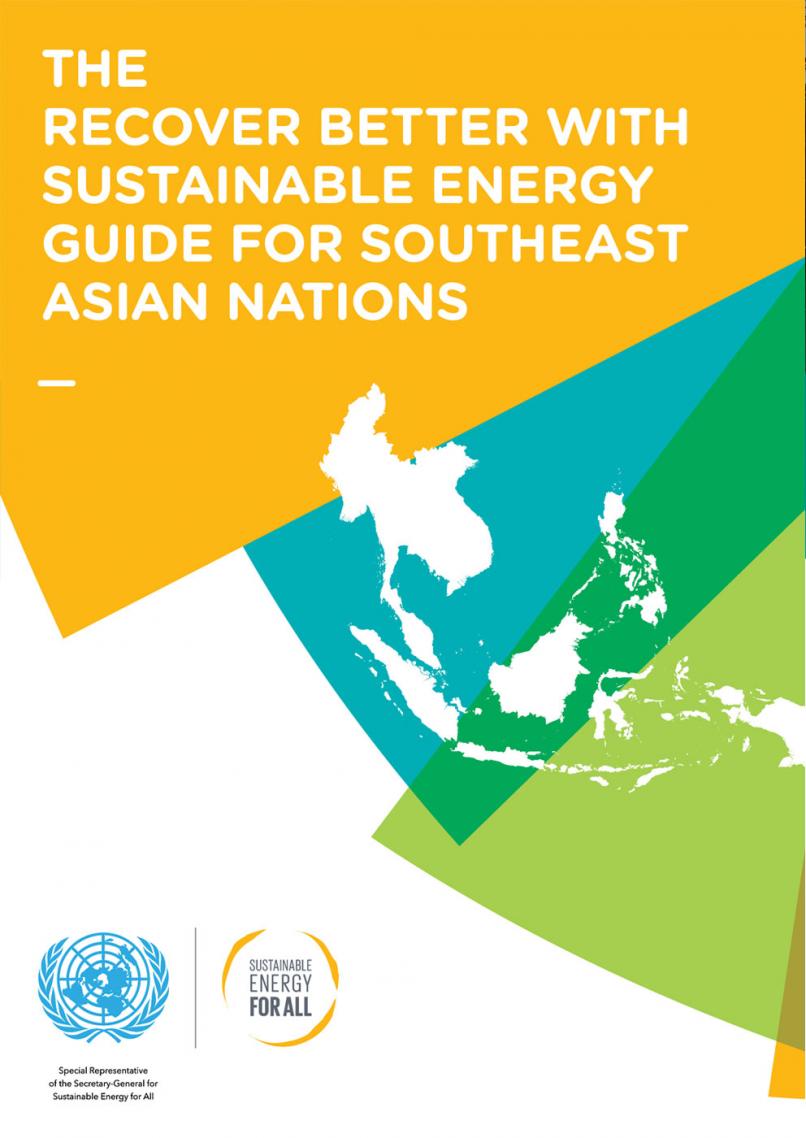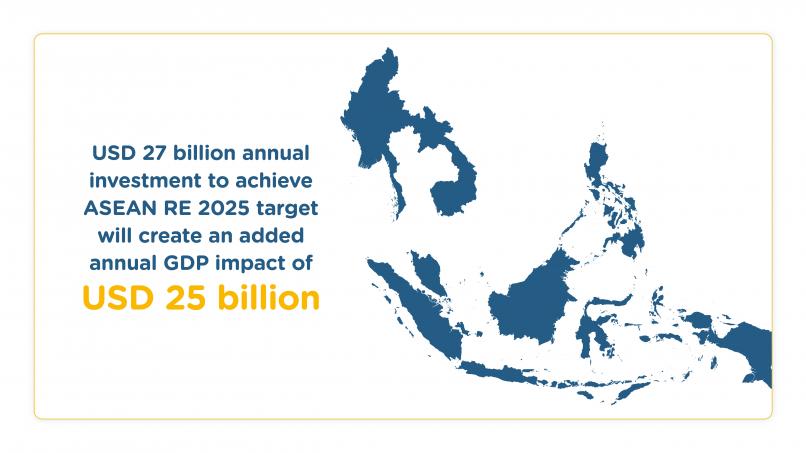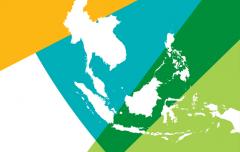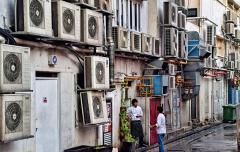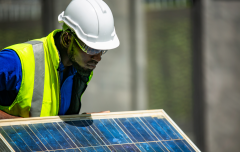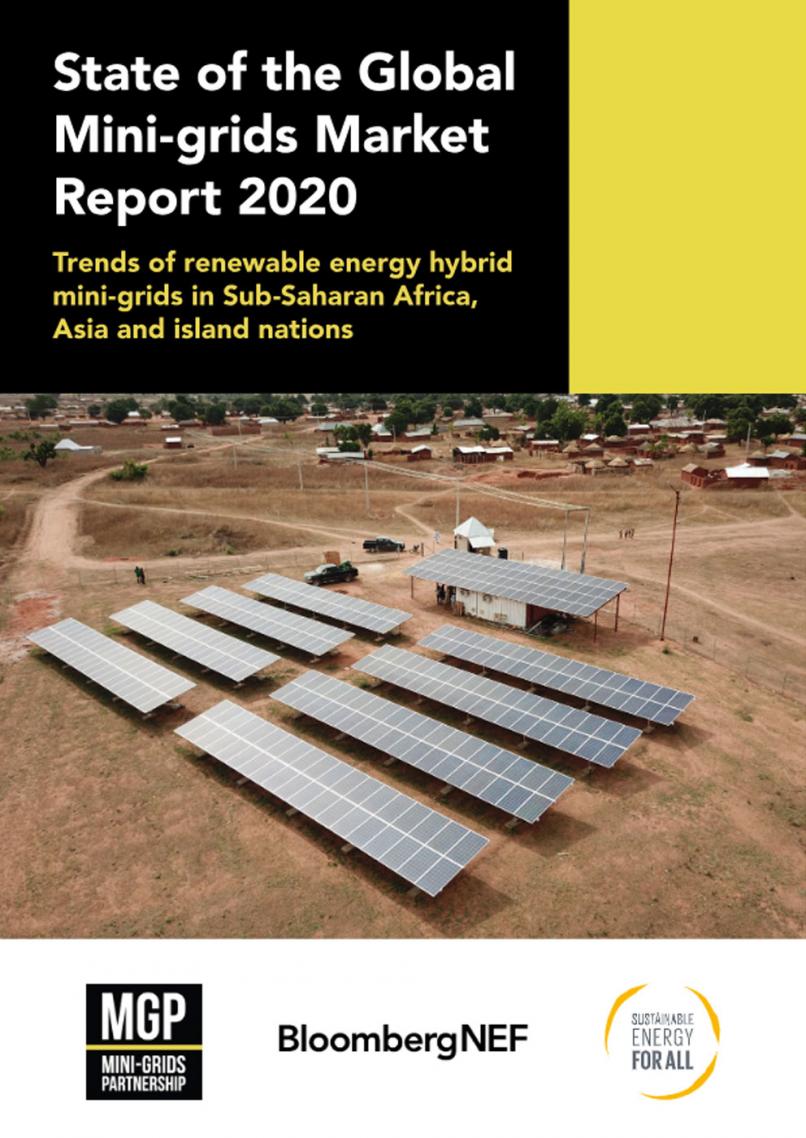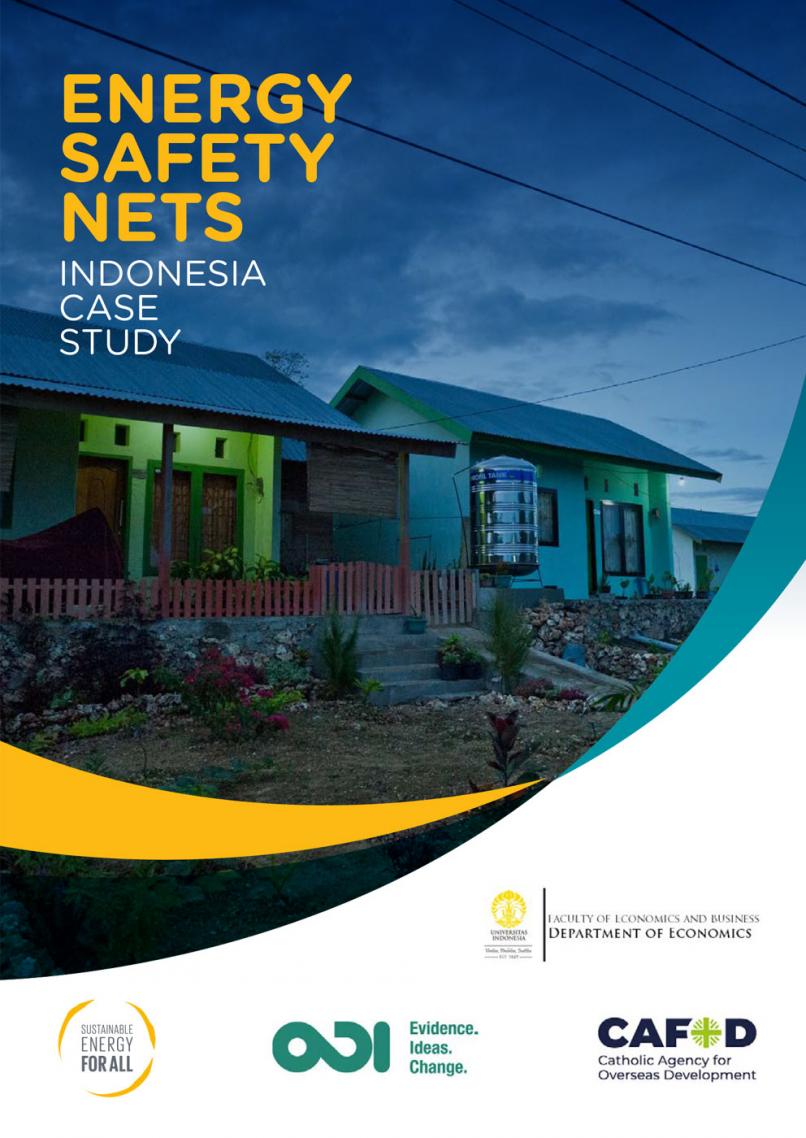Indonesia joins UN-led Energy Compacts, commits USD 122 billion to SDG7 and net zero
The Republic of Indonesia has officially launched its Energy Compact, joining a global community of Member States and non-state actors who have made commitments towards Sustainable Development Goal 7 (SDG7) and net-zero goals. This marks a significant milestone in the nation's energy transition trajectory and aligns with the country’s Roadmap for Sustainable Development Goals.
Finance committed under this Energy Compact is substantial, exceeding USD 122 billion, for which several financing strategies are being considered, including feasibility gap financing, project development financing, credit enhancement for investment, as well as blended finance mechanisms. It will be used to increase the share of renewable energy, targeting 23 percent by 2029, with a focus on significant solar and wind power capacity expansions, reaching up to 5.3 GW. The Government of Indonesia also plans to accelerate grid connectivity in selected areas to enable more penetration of renewable energy, especially in industrial estates and economic zones.
Indonesia’s overall ambition for sustainable development goes beyond SDG7 and includes cross-cutting indicators such as strengthening economic resilience for equitable growth and climate mitigation, requiring substantial financial investments of up to USD 272 billion by 2030. The Government has already identified USD 5 billion worth of investments to expand renewable energy capacity by 2030.
The nation plans to improve the energy intensity of its economy, with a target of energy intensity reduction at 1% per annum. It also aims to achieve a reduction in annual greenhouse gas emissions in the energy sector by 2030, transitioning from 358 MtCO2e to 446 MtCO2e, aligning with the global objective of achieving net-zero emissions by 2060.
The Compact commitment is complimented by Indonesia’s Joint Energy Transition Plan (JETP), which focuses on community preparation and addressing challenges such as the creation of equitable green jobs. The Government is actively engaging with financial authorities and pushing regulatory efforts to create roadmaps for sustainable finance, utilizing instruments like green bonds and SDG-linked bonds.
Recently, the Government also issued regulations on energy conservation. The regulation mandates the nationwide implementation of energy efficiency programmes, including mandatory energy management, minimum energy performance standard (MEPS) and labelling of electrical appliances, electrification, and electric vehicle (EV) implementation, fuel economy standards, and the promotion of public awareness through campaigns and awards. Through these initiatives, the Government will look to improve upon its overall SDG Index score of 70.2 – on a scale of 100 – according to the Sustainable Development Report.
Dr. Vivi Yulaswati, Deputy Minister for Natural Resources and Maritime Affairs and Head of SDG Secretariat at the National Development Agency (BAPPENAS), speaking of Indonesia’s commitment at COP28 said, “We seek to share achievements and accelerate conversations, considering the green economy as a game-changer. Through the Energy Compacts, Indonesia is focusing on massive development for renewable energy, including floating solar panels, mandatory biomass, and transitioning from diesel to renewable energy power plants.”
Congratulating Indonesia on this monumental achievement, Damilola Ogunbiyi, CEO and Special Representative of the UN Secretary-General for Sustainable Energy for All, and Co-Chair of UN-Energy, stated, “I'm delighted to extend my heartfelt congratulations to the Republic of Indonesia on its ambitious Energy Compact. This reflects Indonesia's unwavering commitment to sustainable development and a greener future. The Energy Compact aligns with global efforts to combat climate change and sets a high standard for others to follow. Sustainable Energy for All is proud to continue our support to the Government of Indonesia as it paves the way for a brighter and cleaner future for its citizens and the global community.”
The UN in Indonesia, under the coordination of the United Nations Resident Coordinator (UNRC), along with Sustainable Energy for All, recently developed a One UN Strategy through which ten UN agencies will provide policy advice, capacity building, access to finance, knowledge sharing, and technical assistance.
Valeria Julliand, UN Resident Coordinator, Indonesia, commenting on the country’s Energy Compact said, “Supporting the Government of Indonesia towards a sustainable energy future has been a key focus area for the UN in Indonesia. We are pleased at the launch of this Energy Compact, which has ambitious targets on renewable energy, grid connectivity and energy conservation, among others. We will also continue to support the government on the Just Energy Transition Partnership.”
The Energy Compacts are voluntary, trackable commitments launched at the High-Level Dialogue on Energy convened by the UN Secretary-General in September 2021. They are designed to spur action towards SDG7 in line with net-zero goals and were named a High-Impact Initiative for achieving the SDGs by the Secretary-General in 2023.
For more information, visit https://www.un.org/en/energycompacts
You can read Indonesia’s Energy Compact here.


